Setsubun is a traditional Japanese event held in early February to pray for a happy and healthy life. Let's dive into the customs, food, and safety tips surrounding this fascinating celebration!
What is Setsubun?
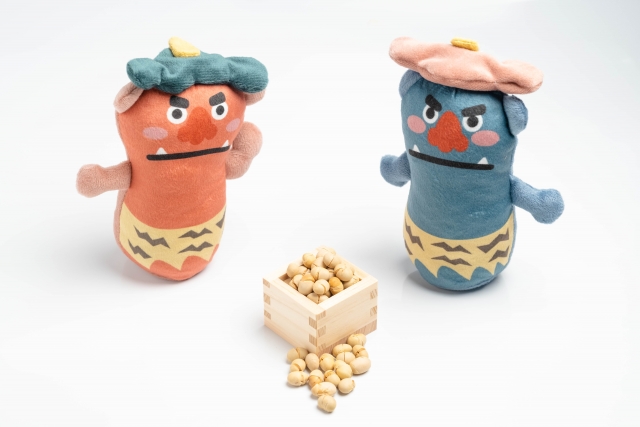
The word "Setsubun" originally meant the division of seasons. Today marks the transition from winter to spring, usually falling on February 3rd or 4th, depending on the year. According to the lunar calendar, it was once believed that the year began in February, and Setsubun celebrates the arrival of spring.
On Setsubun, Japanese people drive out evil spirits and invite good fortune into their homes through various customs, notably Mamemaki (bean throwing).
The Tradition of Mamemaki
Mamemaki, which means "bean throwing," is the most popular custom on Setsubun. People throw roasted soybeans while shouting:
"Oni wa soto! Fuku wa uchi!"
("Devils out! Happiness in!")
Steps for Mamemaki:
- Open all windows in the house to let the evil spirits out.
- Start throwing beans in the room farthest from the entrance, working your way to the front door.
- After throwing beans, close the windows quickly to keep the devils out.
After Mamemaki, people eat roasted soybeans that are equal to their age plus one to bring good health and fortune for the coming year. However, parents are advised not to give whole beans to children under five, as they pose a choking hazard.
Safety Tips for Bean Throwing with Young Children
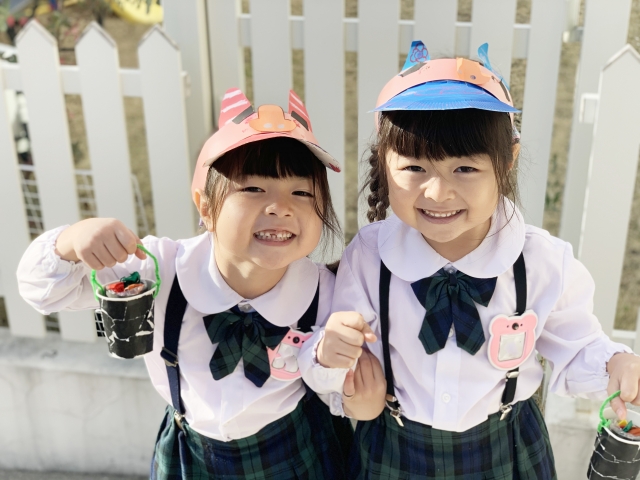
While Mamemaki is fun, it can be dangerous for young children. The Consumer Affairs Agency in Japan recommends avoiding giving beans to kids under five due to choking risks. Here's why beans can be hazardous:
- Beans expand: Dried beans can swell when they absorb moisture, making them more likely to block airways.
- Narrow airways: Children's airways are small and can easily be obstructed.
- Weak chewing ability: Kids without fully developed molars may swallow beans whole.
- Accidents while laughing or crying: Beans can enter the airway during sudden movements.
To enjoy Mamemaki safely:
- Use small packets of beans or paper balls for bean throwing.
- Avoid letting children under five eat beans. Instead, allow older kids and adults to enjoy this part of the tradition.
Ehomaki: A Lucky Sushi Roll
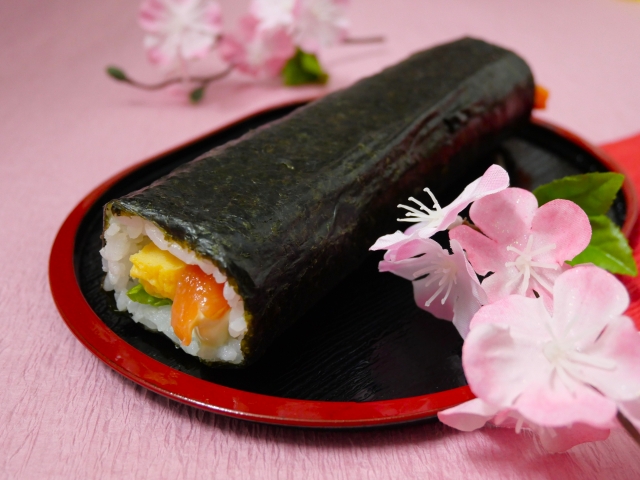
Another popular tradition on Setsubun is eating Ehomaki, a thick sushi roll believed to bring good luck. However, there are specific rules for eating Ehomaki:
- Face the year's lucky direction: This direction changes annually and is determined based on the zodiac.
- Don't speak while eating: Quietly make a wish as you eat.
- Don't cut the roll: Cutting Ehomaki is said to sever good fortune, so eat it whole.
Hiiragi Iwashi: Protecting Your Home from Evil Spirits
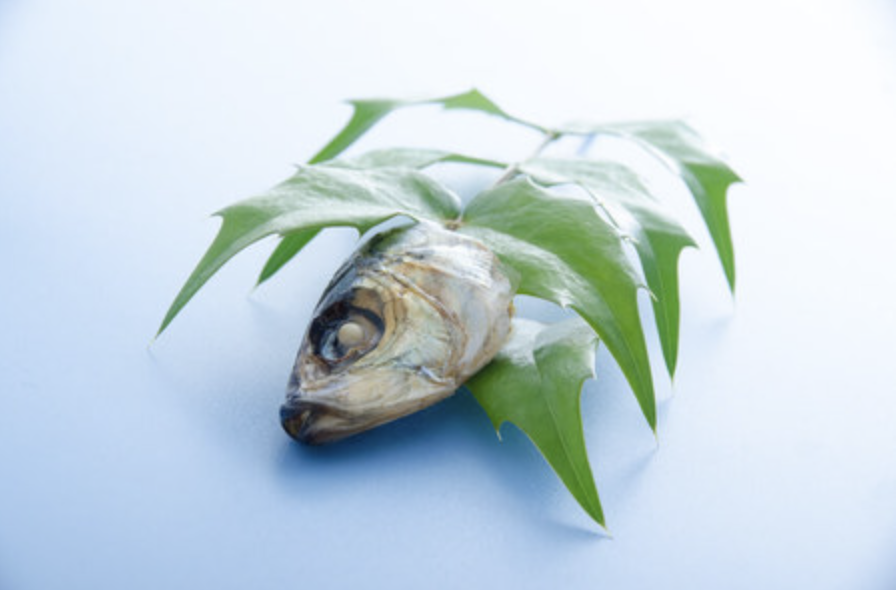
Some families hang Hiiragi Iwashi—grilled sardine heads on holly branches—on their front doors to ward off evil spirits.
- Why sardines and holly? The sharp points on holly leaves and the strong smell of sardines are believed to repel demons.
- This tradition is a way to protect the home and family from misfortune during the new year.
Recommended Picture Books for Setsubun and Japanese Traditions
"Oni wa Uchi!" by Hirotaka Nakagawa
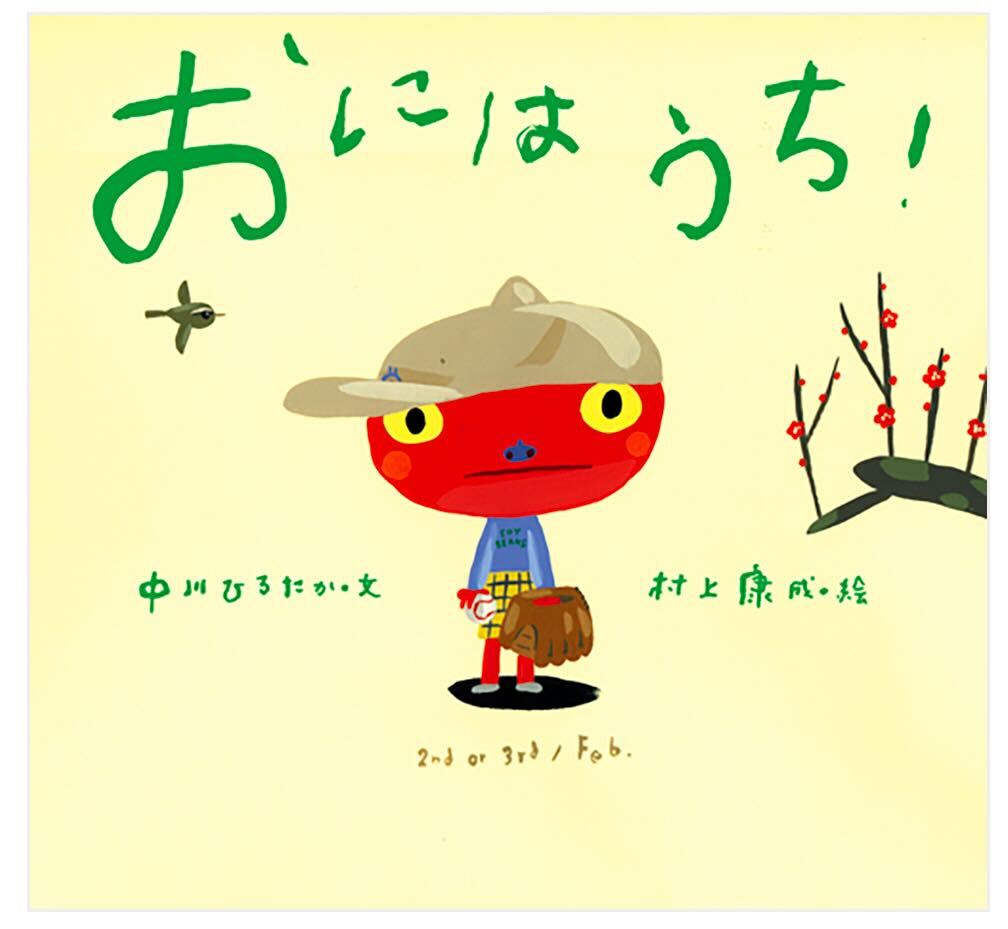
For families with children, a great way to introduce the Setsubun tradition is through the delightful picture book "Oni wa Uchi!" by Hirotaka Nakagawa and illustrated by Yasunari Murakami.
Synopsis
This charming story follows a young boy and his family as they prepare for Setsubun. While they throw beans and chant, "Oni wa soto! Fuku wa uchi!" something unexpected happens—an oni (demon) shows up at their door! But instead of being a scary villain, this oni has a surprising and heartwarming personality. The story blends humor and tradition, making it a fun and educational read for children.
"Hajimete no Gyouji Ehon" (My First Event Picture Book)
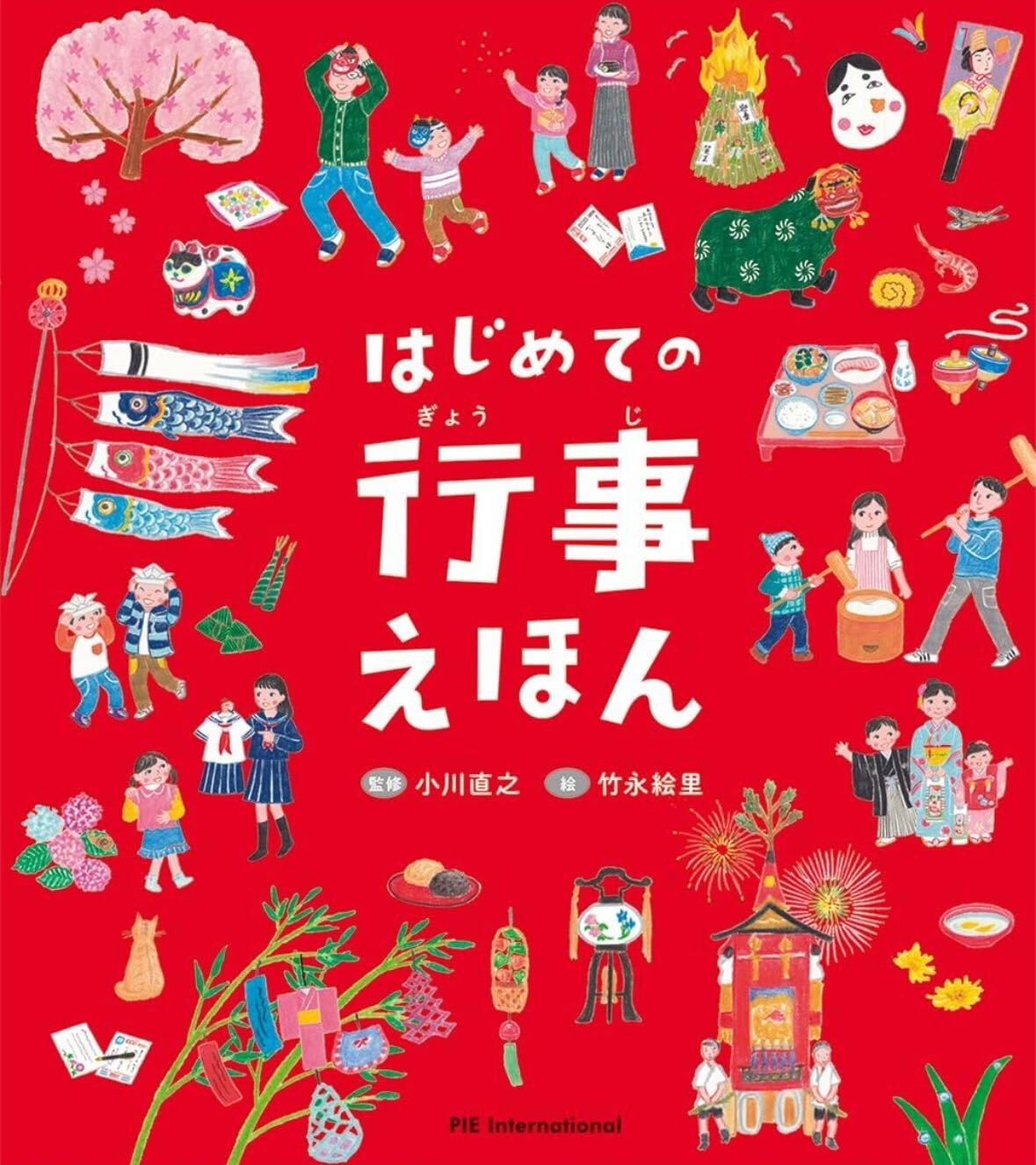
If you want a comprehensive introduction to Japanese seasonal events, including Setsubun, the book "Hajimete no Gyouji Ehon," supervised by Naoyuki Ogawa and illustrated by Eri Takenaga, is highly recommended.
Synopsis
This beautifully illustrated book introduces children to various Japanese traditions and customs throughout the year. Each event, including Setsubun, is explained and engagingly, making it perfect for families learning more about Japanese culture. The book also includes fun activities and crafts related to the events, encouraging children to participate and connect with the traditions hands-on.
The Song "Oni no Pantsu" (The Oni's Underpants)
"Oni no Pantsu" (The Oni's Underpants) is a famous Japanese children's song loved by generations. It’s a fun and lively tune that is often sung during Setsubun or other events involving the mythical Oni (Japanese demons). The song is cheerful, humorous, and catchy, making it popular among children and families.
Setsubun for Families and Communities
Setsubun is more than a traditional event; it's a time to connect with family and reflect on health and happiness. Whether you're throwing beans, eating Ehomaki, or simply enjoying the festive atmosphere, the spirit of Setsubun is about driving out negativity and welcoming positivity into your life.
For families with children, books like "Oni wa Uchi!" and "Hajimete no Gyouji Ehon" are excellent tools to make the experience both educational and enjoyable. Celebrate Setsubun this February and welcome the spring with joy and fortune!
